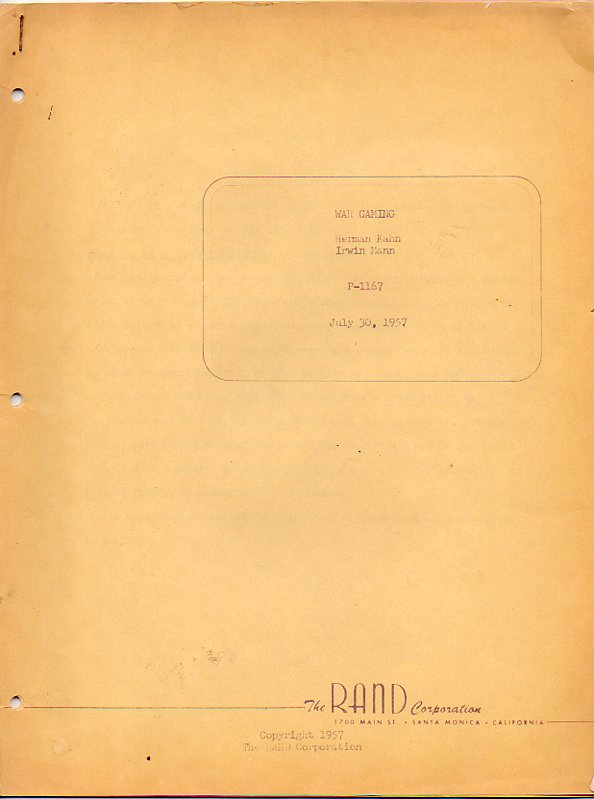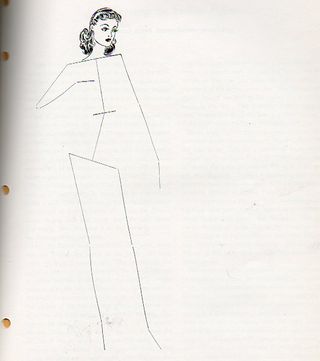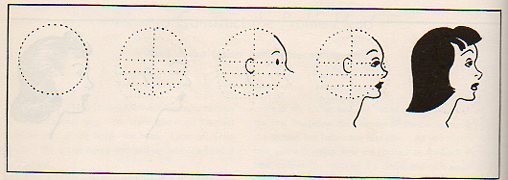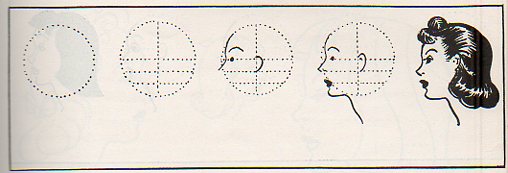ITEM: Kahn, Herman. "War Gaming", a RAND Publication, P-1167, 30 July 1957. 11x8 inches, 14 leaves, mimeographed advance sheets. This is section#10 of Kahn's Military Planning in an Uncertain World, which was published at least in five separate parts before being published as a unified whole. RARE. $250.00
Ref: JF Ptak Science Books Post 1312
Earlier in this blog, about two years ago, I wrote a piece on David Byrne's beautiful Knee Plays, which included a song "In the Future". The post was about Byrne's vision of the future which was bounced off the belly of "futurist" Herman Kahn, a man who was widely influential and whose thinking (I do believe) was widely incorrect. He was also a proponent of possible first-strike (that is, American-initiated) nuclear warfare, deeming the scenarios "winable"., a broad thinker on Thinking-the-Unthinkable, and coiner of the word "megadeath" when used in conjunction with his nuclear end-game games. A main component of the template for Dr. Strangelove in Kubrick's movie by that name, Kahn and the think tank he helped found (the Hudson Institute) had the ear of the Reagan administration, among others, and it shows.
Here's the revised post, expanded some.
 David Byrne, former Talking Heads member, produced a series of twelve short pieces to be used in the Philip Glass (and Robert Wilson*) Opera CIVIL warS in 1985. (“Opera” may not be the right word for this piece, as I think it was one only in so far as the composition needed an opera house to be performed in.) The Byrne pieces, called ”Knee Plays”, were meant to fill in the spaces, the spaces in-between, place holders, between the sections of the day-long multimedia production.. Glass had used this idea of inter-pieces to the whole earlier in 1976 in his at-the-edge Einstein on the Beach, in which the connective elements were meant to not only join the pieces of the production together, but were also meant to stand alone, as a cohesive unit, if removed from the opera. (Glass said they were “short connecting pieces which appear throughout the work much as prelude, interludes and post-ludes. Taken together they form a play in themselves”)
David Byrne, former Talking Heads member, produced a series of twelve short pieces to be used in the Philip Glass (and Robert Wilson*) Opera CIVIL warS in 1985. (“Opera” may not be the right word for this piece, as I think it was one only in so far as the composition needed an opera house to be performed in.) The Byrne pieces, called ”Knee Plays”, were meant to fill in the spaces, the spaces in-between, place holders, between the sections of the day-long multimedia production.. Glass had used this idea of inter-pieces to the whole earlier in 1976 in his at-the-edge Einstein on the Beach, in which the connective elements were meant to not only join the pieces of the production together, but were also meant to stand alone, as a cohesive unit, if removed from the opera. (Glass said they were “short connecting pieces which appear throughout the work much as prelude, interludes and post-ludes. Taken together they form a play in themselves”)
One of the Knee Plays, “In the Future” (Knee Play Number 12) is a slippery, stacatto brass section accompanying Byrne’s 51 sophisms about life in the future. About thirty years earlier, “futurist” and think-tank-filler (or maybe it was “Think Tub”?) Herman Kahn (1922-1983), occupying a lot of space at the RAND and Hudson Institutes (he was also known in many circles as the “Fat Man”), diligently recorded his myopic views of the future. He is generally regarded as a systems theory and military strategy guy, and is most remembered for (as he claims, perhaps) introducing the term “Vietnamization” which described the ultra-failed de-escalation (?) process and withdrawal for the United States from Vietnam (attention Obama administration). Superluminarily speaking though his contribution to thought on constructing and implementing thought regarding nuclear weapons exchange (pointless to refer to this as “war”) in several books, including On Thermonuclear War (1960), Thinking About the Unthinkable (1962) and, On Escalation (1965), where he famously put The Bomb on the table of use possibilities. In addition to these books—which he is busily trying to forget out there in his afterlife, somewhere, maybe in a penitential place where you are forced to think endlessly about paths-to-bad-decisions) is that 1967 peek into the future, The Year 2000. Petroleum and oil are not issues. Computers are of minor societal importance. And then other things of no importance happen.
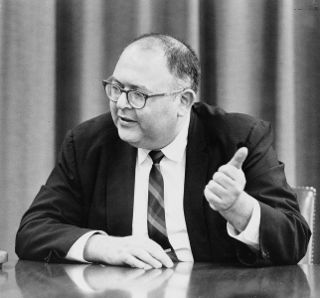 When you take Byrne's Knee Play 12 and place it next to Kahn and other mis-spent prognosticators, the musician looks positively brilliant. Some of the stuff has come to pass, some hasn't; some will, and some won't. Some are open to a little interpretation, and some, a lot. Overall, though, if you think through these little future bullets a little carefully, David Bryne looks very good. Byrne's lyrics/list is below.
When you take Byrne's Knee Play 12 and place it next to Kahn and other mis-spent prognosticators, the musician looks positively brilliant. Some of the stuff has come to pass, some hasn't; some will, and some won't. Some are open to a little interpretation, and some, a lot. Overall, though, if you think through these little future bullets a little carefully, David Bryne looks very good. Byrne's lyrics/list is below.
Kahn's writing is necessarily less elegant than Byrne's, and probably less elegant than most other people in general including those who don't write, though it does lower itself to some height of governmental semi-speak. For example, from his July 1957 RAND paper "War Gaming" we find this nugget:
I have no doubt that Kahn looks like a warrior to many people--he no doubt was something of one, so long as that warrior could wear a white button-down shirt and not get dirty. Simply because a person is thought of as a "warrior" doesn't make them a 'good" one, either, and I think that I would nominate Herman Kahn as an example of one: in my own approximation of Kahn-speak, he would "generate the apparent non-non appearance in definable though undefined parameters as a non-good non-warrior in circumstances that defined or not define him/them in this semi-stable manner".
I think it is important to look at documents like this--documents that helped establish military policy--to see how their authors were able to convince people in government that they could divide by zero.
*Robert Wilson is a phenomenal conceptualist and theatrical designer. On the liner notes to CIVIL warS is found the interesting note on Wilson and Byrne: "At first, Robert Wilson asked David to compose pieces for several sections of The CIVIL warS, but on account of David's limited time, he composed only The Knee Plays part. The CIVIL warS was supposed to be played in its complete form at the Olympic Games in Los Angeles, but if one plays every part, it takes at least eight hours. There was also a financial problem for playing every part. So only some parts of it were staged there. David himself was very interested in composing for such a play and dance and this time again he enjoyed this work very much. Last time, for The Catherine Wheel, he used recorded tape, but this time he made musicians play on the stage."
IN THE FUTURE (KNEE PLAY 12)
In the future everyone will have the same haircut and the same clothes
In the future everyone will be very fat from the starchy diet
In the future everyone will be very thin from not having enough to eat
In the future it will be next to impossible to tell girls from boys, even in bed



